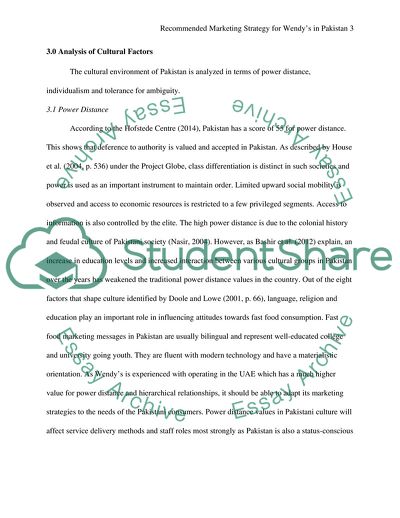Cite this document
(Marketing Strategy for Wendys in Pakistan Report - 1, n.d.)
Marketing Strategy for Wendys in Pakistan Report - 1. https://studentshare.org/marketing/1835121-international-and-global-marketing
Marketing Strategy for Wendys in Pakistan Report - 1. https://studentshare.org/marketing/1835121-international-and-global-marketing
(Marketing Strategy for Wendys in Pakistan Report - 1)
Marketing Strategy for Wendys in Pakistan Report - 1. https://studentshare.org/marketing/1835121-international-and-global-marketing.
Marketing Strategy for Wendys in Pakistan Report - 1. https://studentshare.org/marketing/1835121-international-and-global-marketing.
“Marketing Strategy for Wendys in Pakistan Report - 1”. https://studentshare.org/marketing/1835121-international-and-global-marketing.


